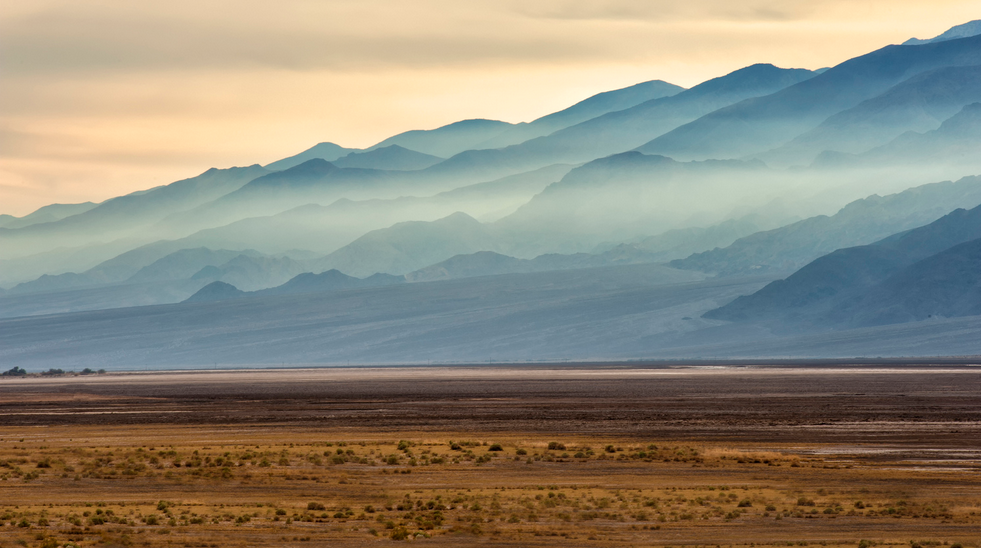NASA’s Jet Laboratory Helps Determine Extent of California Drought

While the four year long California drought is making headlines worldwide, United States government researchers are trailblazing new ways to measure the scope and scale of the drought. Members of the NASA jet laboratory, the prestigious Jet Propulsion Lab, are using advanced technology to figure out exactly how, where, and why the drought is occurring and experts hope to use this information to predict the duration and severity of the drought
Since the Sierra Nevada Mountains are the largest source of freshwater for the state of California, the snowpack levels in the mountains are of particular importance when it comes to monitoring how much fresh water the state can expect to receive each season. Winter levels of snow can help to predict how much water will melt and flow to the low-lands during the hotter seasons. The NASA jet laboratory is using an airplane known as the Airborne Snow Observatory to do flyovers of the snowpack to check levels.
The plane is a turboprop Beechcraft King Airplane which has been specially outfitted with numerous devices that help scientists to measure the snowpack levels. The amount of snowpack contributes up to 70% of the total precipitation in California. The aircraft flies almost daily in areas in and around California and the American West. It uses a technology called Lidar—which is laser radar—to determine how deep the snow is at any particular level. The laser is able to scan the land 800,000 times per second. The rate to which the signal bounces back to the plane is used to determine the depth of the existing snowpack. The depth of the snowpack is then used to figure out how much freshwater there will be.
In addition, NASA also measures how much sunlight is being reflected by the snow using an imaging spectrometer. This is a control measure and helps to create more accurate data. Between the two data, NASA can tell water managers how much freshwater will be available and when it will be available. This can help to determine policy changes or cutbacks that may need to be made due to worsening drought conditions or whether commercial and residential areas can loosen those rules.
For the first time in history, NASA is able to tell officials how much water will be necessary to end a drought in the US. Launched in 2002, the data collected by its Gravity Recovery and Climate Experiment (GRACE) satellites showed that two of California’s main river basins were depleted by 4 trillion gallons of water each year from 2011–2014. Together, the data shows that California will need to replenish roughly 11 trillion gallons of water to recover from the drought—if the drought ends this year. If not, then that number could potentially grow by another four trillion gallons by this time next year.
